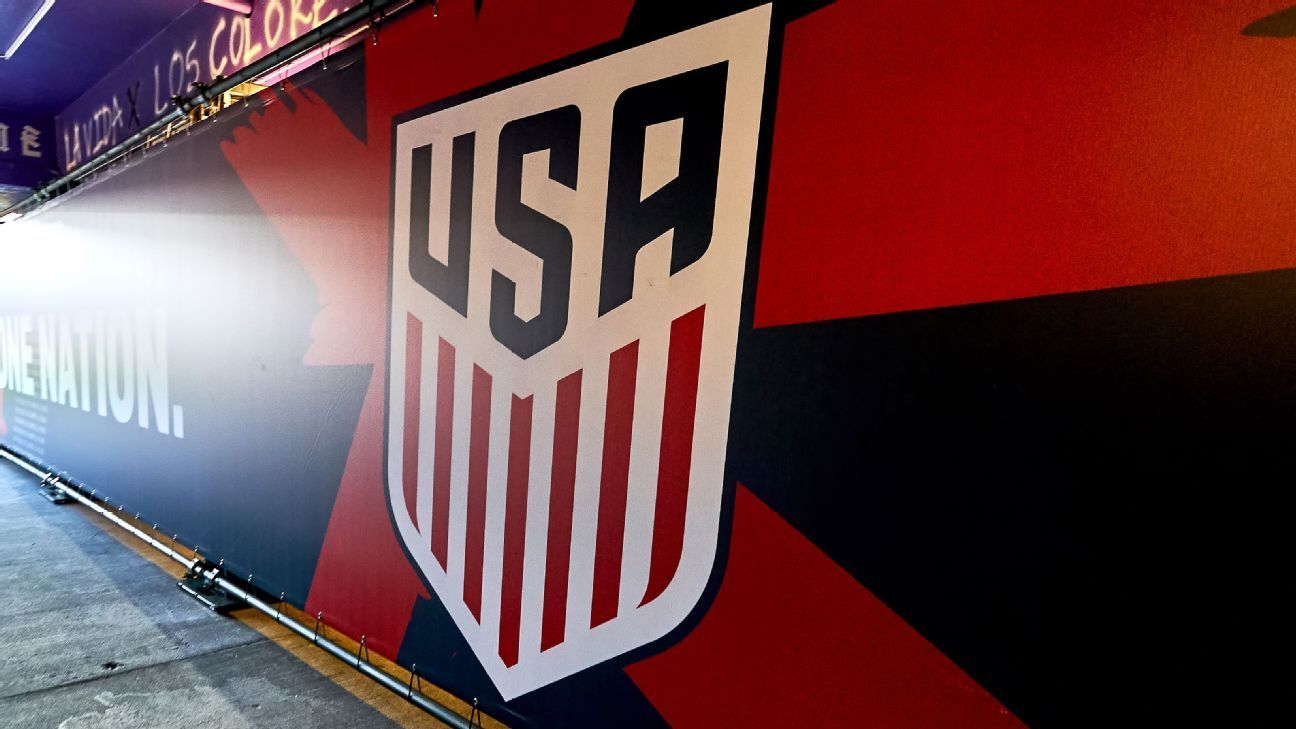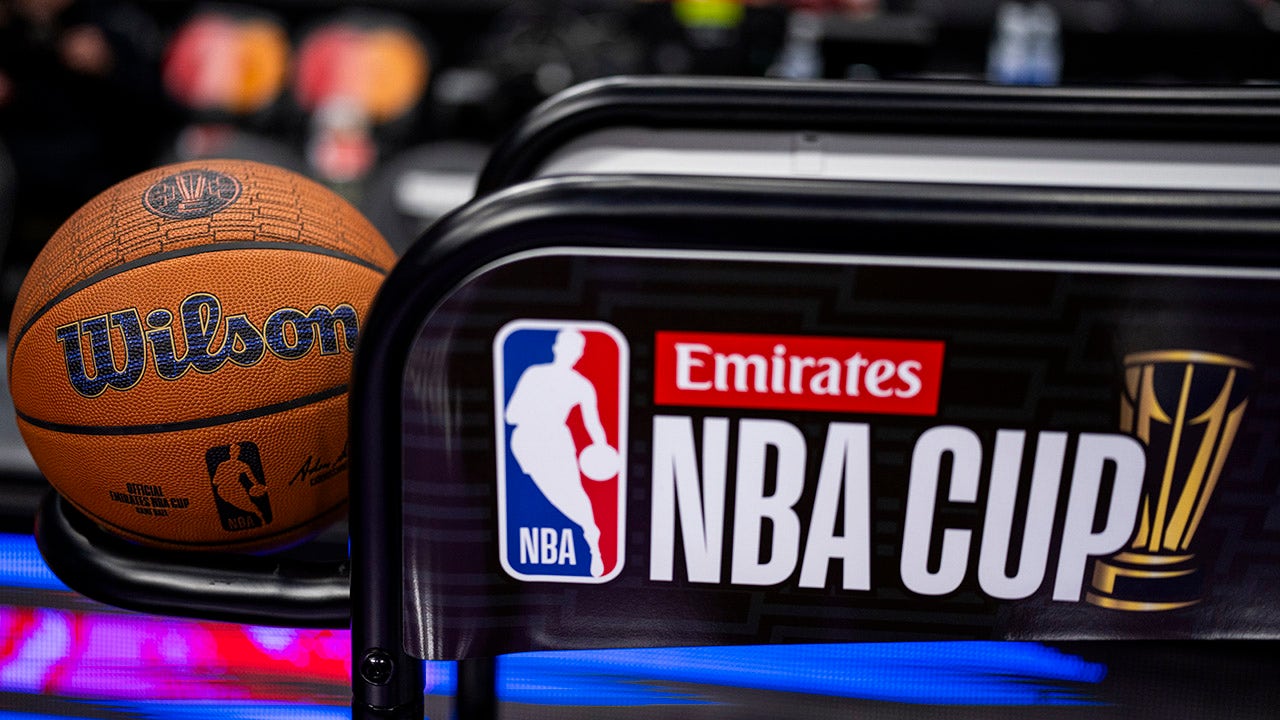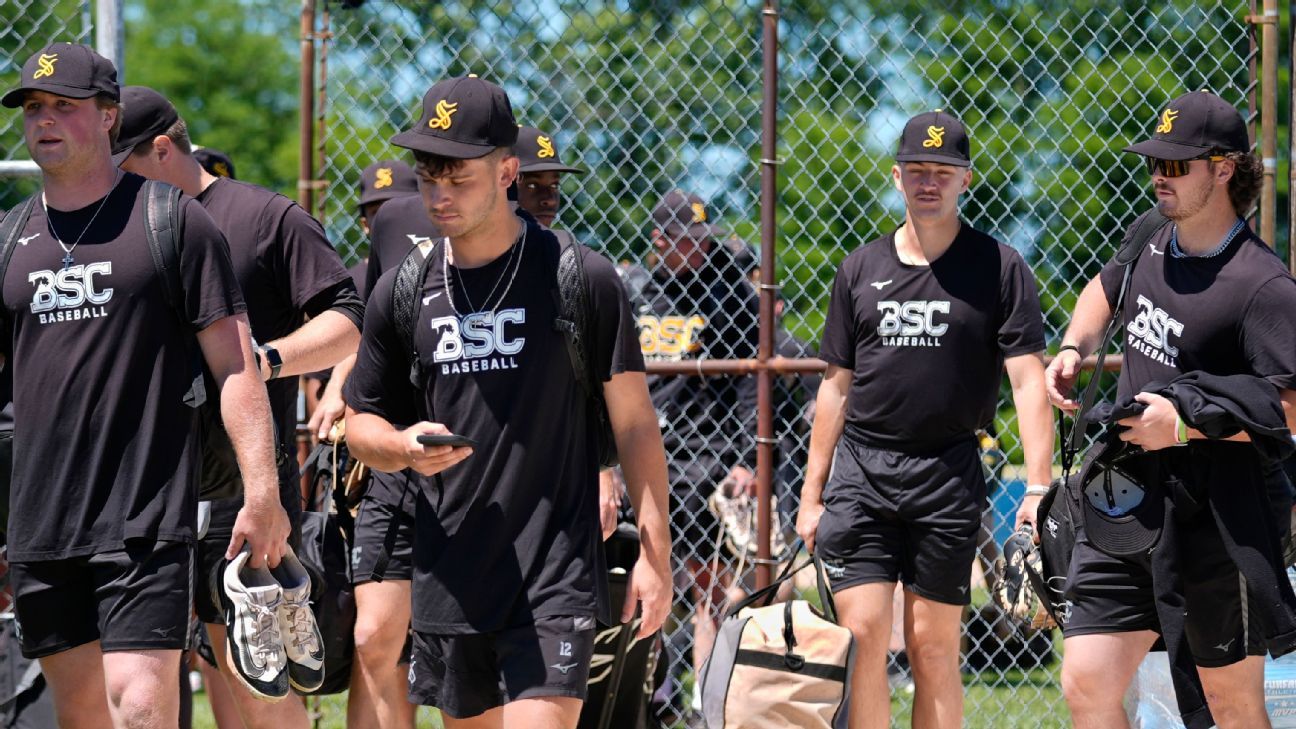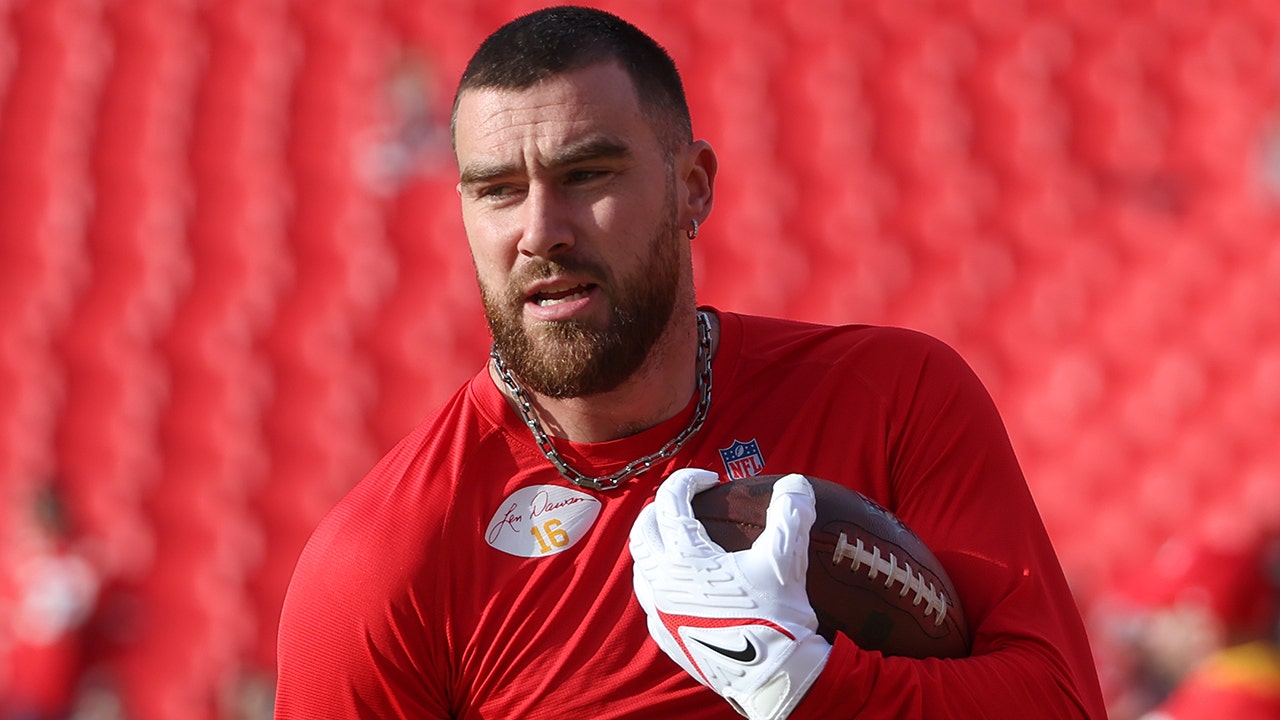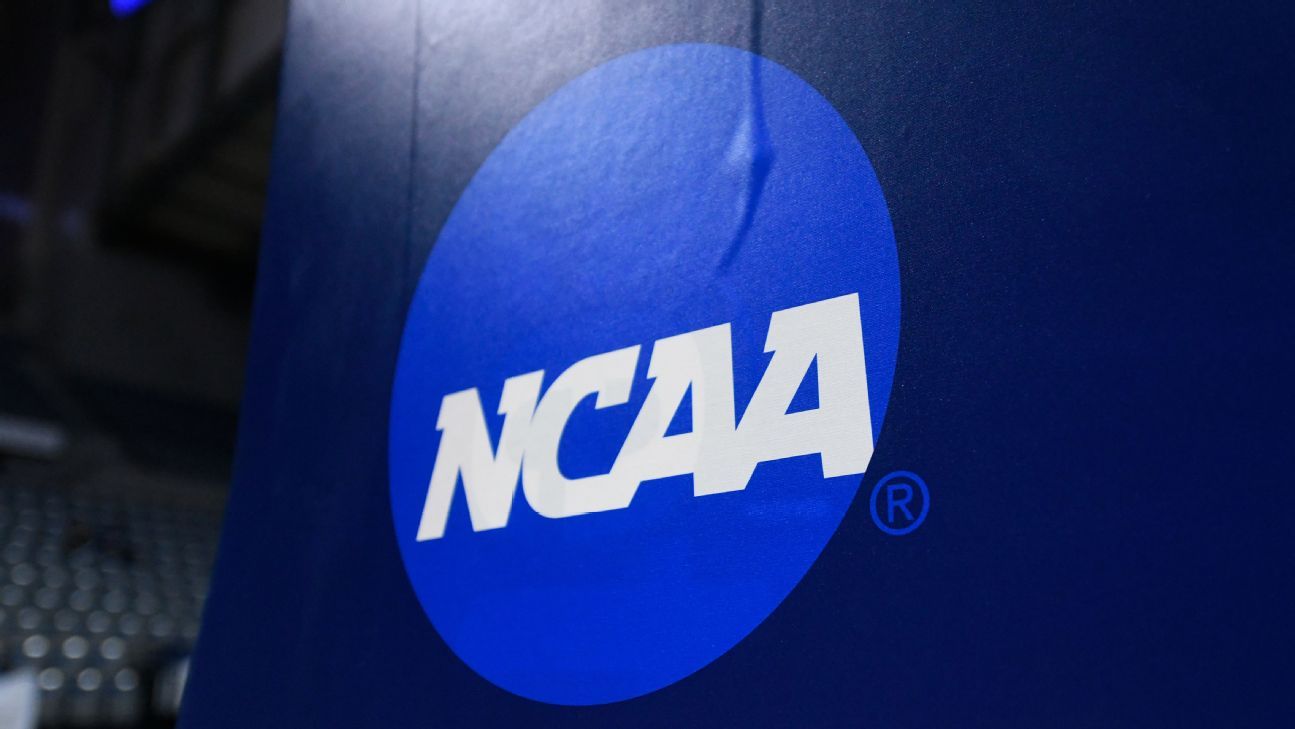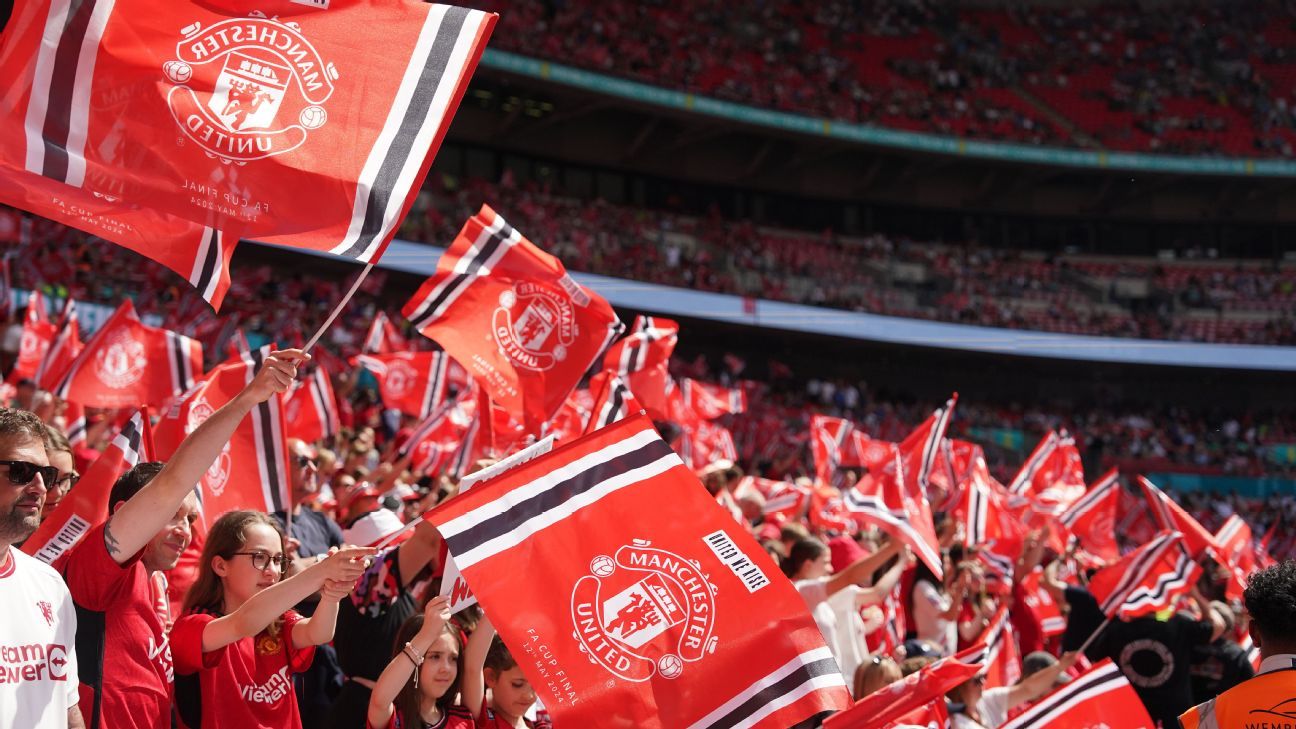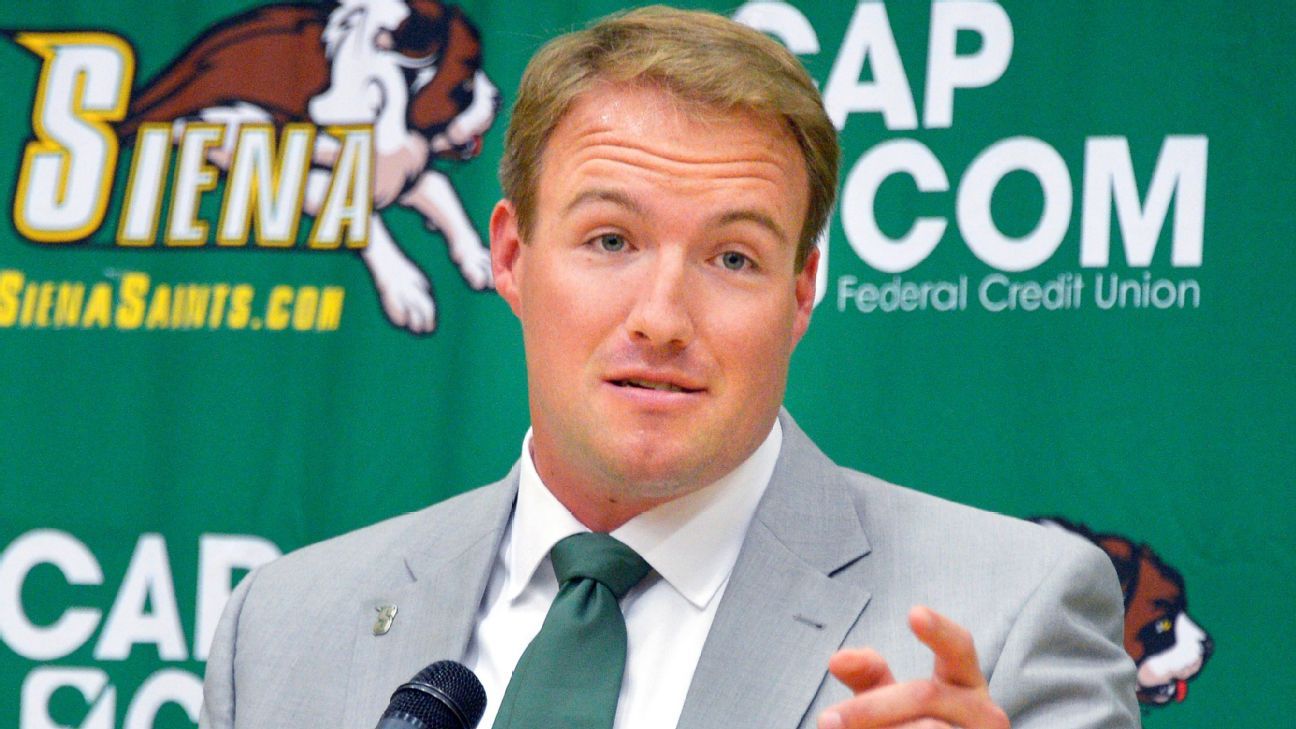When it comes to hiring a top international coach, it's usually a case of saying “show me the money.” Hiring top talent requires paying big bucks, and when it comes to the next head coach of the U.S. men's national team, the U.S. Soccer Federation appears willing to oblige, both in terms of the amount and the mechanisms by which that coach is compensated.
Throughout the USSF's existence, the compensation paid to the U.S. national team coach has come exclusively from the federation's coffers. That amount has fluctuated to some extent, but has mostly increased over time.
According to USSF financial disclosures, the 2011 fiscal year, which included the 2010 World Cup, saw then-coach Bob Bradley collect $941,647. When Jürgen Klinsmann was hired in 2011, the stakes were raised considerably. In the fiscal year that included the 2014 World Cup, Klinsmann received $3.2 million. Gregg Berhalter received $2.3 million in his World Cup year, including a $900,000 bonus for qualifying for the 2022 World Cup.
The seemingly small amounts the federation spent on the salary of the US national team coach fueled the perception that the USSF could not afford a higher-profile coach. By comparison, recently retired England manager Gareth Southgate reportedly earned £5 million ($6.4 million) a year.
The USSF may have to get used to offering that kind of money. Following Berhalter's firing two weeks ago, the federation is expected to look abroad for his replacement. ESPN confirmed a Fox Sports report that US Soccer sporting director Matt Crocker spent the past week in Europe with an eye toward hiring a foreign coach. Signing such a talent is likely to cost considerably more than the USSF has spent in the past to fill the position.
Everyone's fantasy pick, former Liverpool manager Jürgen Klopp, was reportedly earning €50 million a year when he stepped down from managing the Reds at the end of the 2023-24 season. About half of that amount was salary, with outside sources picking up the rest. While sources told ESPN that Klopp is unlikely to join the U.S. national team, depending on who is hired, total compensation for the new coach could reach seven figures.
All of this raises the question: Can the United States find a way to raise enough money to acquire the coach it really wants?
Finding new ways to pay
Sports organizations are finding increasingly creative ways to finance the acquisition of players and coaches, including by turning to third parties.
“It's really an extension of what we've been seeing, that the world of sports investing has changed dramatically over the last few years,” said David Carter, founder of the Sports Business Group and a professor of sports business at USC's Marshall School of Business. “The types of financing that have been implemented elsewhere are now being looked at as creative solutions in the sports space.
“If you look at private equity, it's obviously been in the news a lot, as have foreign investment funds and even promoters and collectives with name, image and likeness rights. So I think you could easily argue that finding external funding or additional funding to hire a coach, to keep him, whatever it is, is certainly not out of reach at the moment.”
This type of approach is already being applied across the sport at multiple levels. Just over a year ago, MLS and Inter Miami leveraged the financial clout of Adidas and Apple to facilitate the acquisition of Lionel Messi. The financially struggling Canadian Soccer Association enlisted the owners of MLS teams in Canada to help fund the hiring of current coach Jesse Marsch, to the point that the official job title is “head coach of the MLS Canada men’s national team.” While the USSF is in a much better financial situation, the need to get creative is there.
“Organizations are thinking about all the elements that drive revenue and the specific levers within those elements,” said Bobby Warshaw, head of North America at Bloom Sports Partners, a sports advisory firm specializing in strategy and recruiting. “In this scenario, an individual [team] You know you need to fill your stadium. What motivates you? There are different factors that influence customer engagement. Do they know we exist? Do they care about us? Are they engaging with us? Relevance, match-day experience, team quality, and stadium quality are all important factors.
“A better national team draws attention to football, which draws attention to everyone in the ecosystem. Many stakeholders — team owners, apparel partners, brand partners — have a stake in that sector and are incentivized to see the national team do well.”
Would those stakeholders be willing to help facilitate the hiring of a coach? Sources told ESPN that some sponsors and individuals have already reached out to the USSF to see how they can help in that regard. At the very least, they certainly have reason to be engaged and concerned at this point.
For starters, the 2026 World Cup, hosted by the United States, Mexico and Canada, is just two years away. The U.S. national team’s performance at the recently concluded Copa America, failing to advance past the group stage after losses to Panama and Uruguay, raised alarm bells that the sport’s opportunity for growth that a World Cup on home soil represented would be squandered. The panic and worry ultimately cost Berhalter his job, something that seemed to be very much on Crocker’s mind when he addressed reporters on July 10, the day of Berhalter’s firing.
2:15
Laurens: Henry is ready for the job with USMNT
Julien Laurens believes Thierry Henry is ready for a senior managerial role after being linked with the USMNT vacancy.
“I know it's a really competitive market as far as salaries go and we have to be competitive to get the level of coach that I think can take the program forward in terms of achieving the results that we need on the field,” Crocker said. “But I'm also very aware that we have to continue to strive for higher standards and equality. I don't think that's going to be a barrier in terms of our investment.
“Our national team is a priority. It is something we are willing to invest in and will invest in.”
What options does US Soccer have available?
One solution would be for sponsors to make up the difference between the coach’s demands and what the USSF thinks it can afford. The federation has proven adept at getting money from sponsors lately. Since the start of 2023, US Soccer has added 11 new commercial partners, including brands like Coca-Cola, Visa and Marriott.
Another option is to defer compensation to future years. In that scenario, a manager would receive a salary plus annual payments after his managerial responsibilities end, much like how the Los Angeles Dodgers structured the 10-year, $700 million contract Shohei Ohtani signed in December, a deal that will allow him to be paid for 10 years after his playing contract expires. Organizations are typically reluctant to pay multiple managers at once, but given the stakes and the potential growth of the sport in the United States that could be boosted by a strong showing at the World Cup, it would likely be worth the effort.
As with the Canadian Soccer Federation, there may be people who feel compelled to step in as well. Atlanta United owner Arthur Blank contributed $50 million to the USSF to build a new training facility outside Atlanta.
“Certainly [there are] “There are other stakeholders who are motivated to see the U.S. do well at the World Cup, including the owners of MLS,” said Jordan Gardner, a former president of Danish club FC Helsingør who is now a management and strategy consultant at another soccer consultancy, Twenty First Group. “I think there’s a lot of overlap. You have the Arthur Blanks of the world who donate a lot of money to the federation in various ways, whether philanthropically or not. They’re also investing in MLS, so I could see people like that potentially being in a conversation if push came to shove.”
The feeling within the federation is that there is the will and the means to make it possible, with sponsorship being the most likely option.
“Money is not an issue,” a senior federation source told ESPN via text message. “The USSF can make it happen. Just have sponsors cover any shortfall. It's like universities paying a base salary and then letting outside sources do the rest. It's not complicated.”
Multiple sources told ESPN that the USSF had run “anticipated revenue scenarios” if they kept Berhalter on board or hired a big-name coach who could boost excitement around the team and, by extension, attendance and revenue. While the sources declined to share exact numbers with ESPN, the results of the simulations indicate that hiring a higher-profile coach would be a good investment for the USSF.
Sports Business Group's Carter points out that using third parties carries some potential risks. What kind of conditions apply to any cash injection? How much involvement (and power in terms of decision-making) does that investor or sponsor have? What degree of conflict of interest exists?
This creates a potentially complicated dynamic, especially if things go wrong.
“That brings us to the next part, which would be the inevitable media onslaught of 'Why are we keeping this coach?'” Carter said. “Oh, because we have to, because of this investment. Or we have to because we no longer have full control of the process.”
One mitigating factor to concerns about control is that the federation’s finances have improved, especially in terms of revenue diversification, which reduces the amount of money and control that could be given up. After years of operating at a deficit, the USSF projects a modest operating surplus of $1.1 million for fiscal year 2025, up from $200 million in revenue. The improved financial outlook is due in part to a sizable increase in commercial and event revenue to $154.7 million. Revenue from the same category in fiscal year 2023 was $95.2 million.
With multiple sources of money seemingly available, Crocker now needs to carry out his quest.

